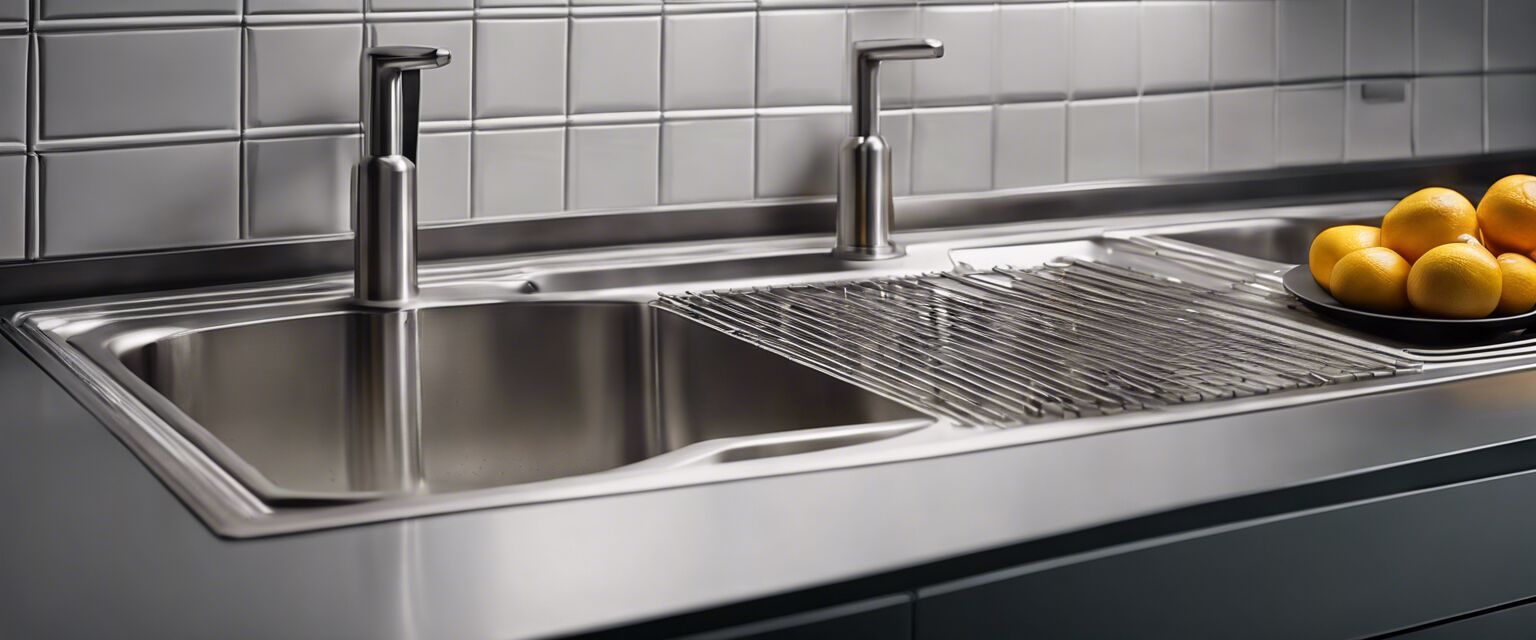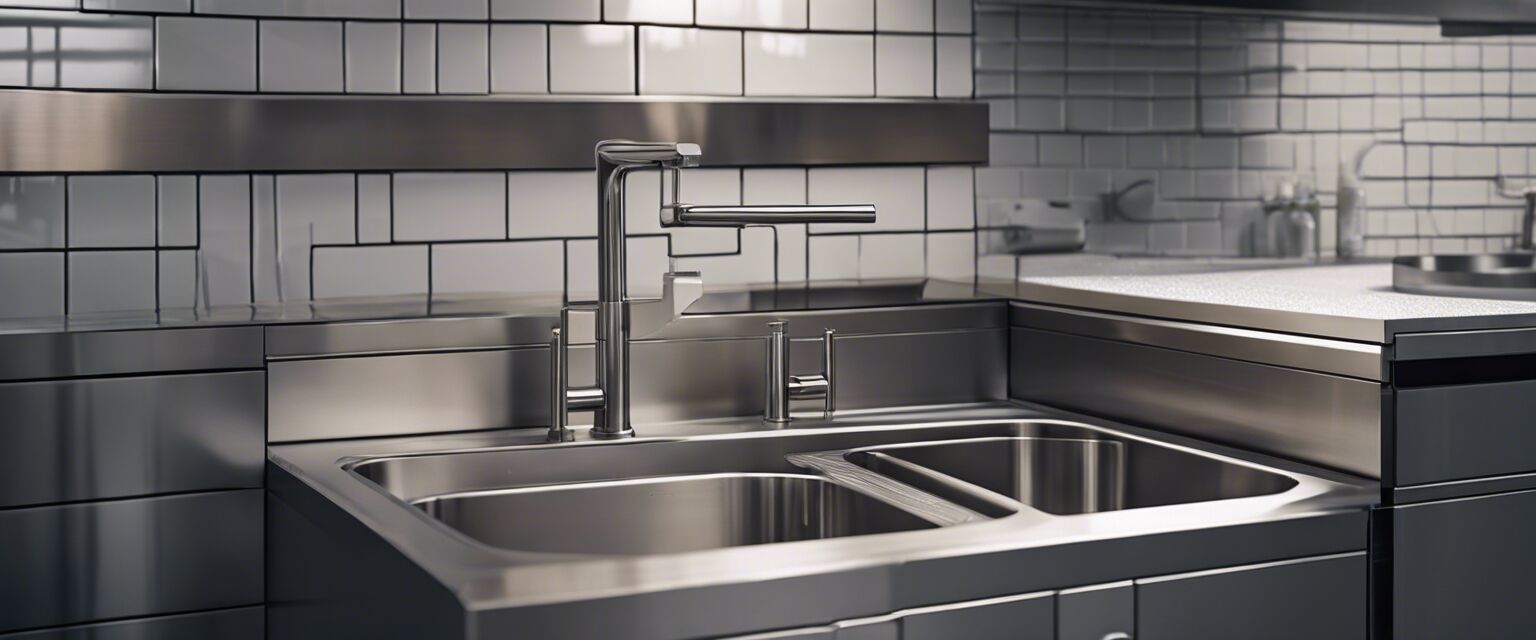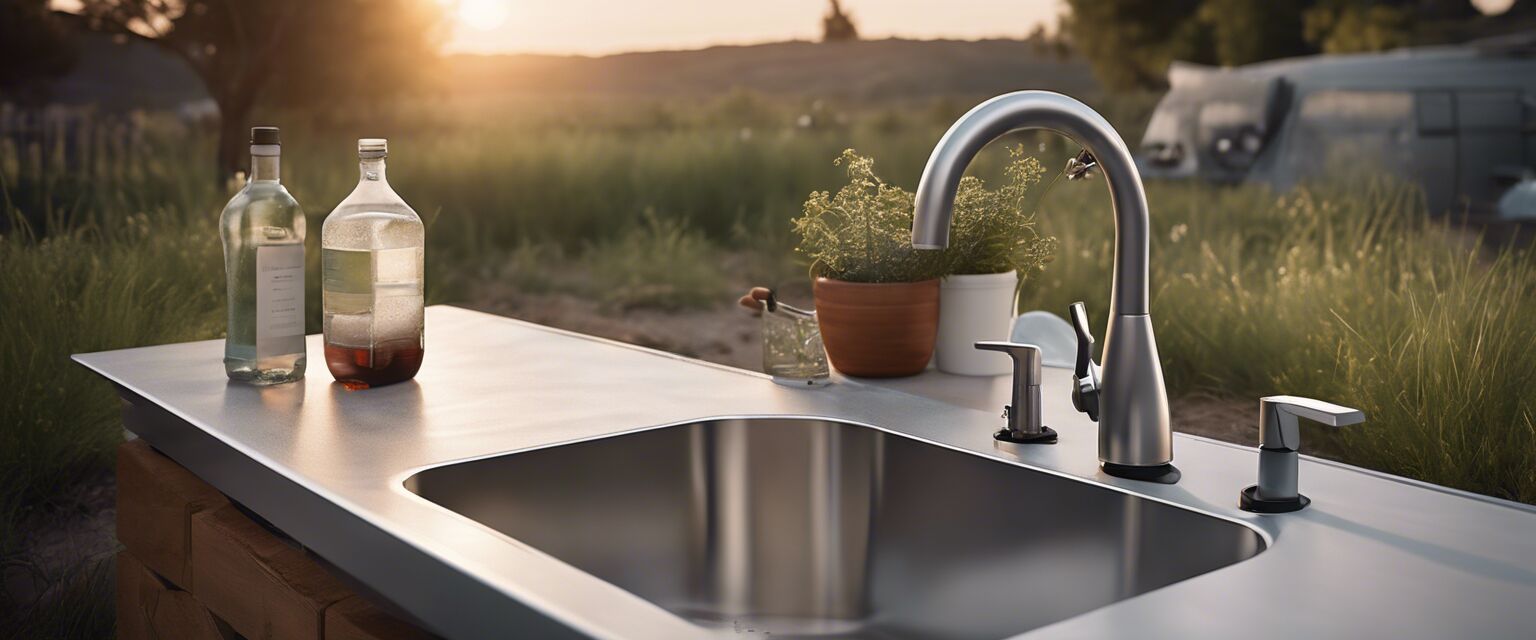
Stainless Steel Sinks
Key Takeaways
- Stainless steel sinks are ideal for commercial kitchen environments due to their durability.
- They come in various styles including drop-in and undermount options.
- Maintenance is straightforward, making them suitable for busy kitchens.
- Choosing the right gauge thickness affects the sink's longevity and sound dampening.
- Consider factors like size, bowl configuration, and finish when selecting a stainless steel sink.
Stainless steel sinks are a cornerstone of any commercial kitchen, offering a blend of functionality, durability, and style. Whether you are outfitting a restaurant, school, or industrial kitchen, these sinks provide the perfect solution for your needs. In this comprehensive guide, we will explore the various types of stainless steel sinks available, their advantages and disadvantages, maintenance tips, and what to consider when purchasing one.
Types of Stainless Steel Sinks
Stainless steel sinks come in several styles to fit different kitchen layouts and requirements. Here are the most common types:
| Type | Description | Best For |
|---|---|---|
| Drop-In Sinks | Installed from above, with the rim resting on the countertop. | Easy installation and replacement. |
| Undermount Sinks | Attached below the countertop for a seamless look. | Modern aesthetics and easy cleaning. |
| Prep Sinks | Small sinks designed for food preparation. | Efficient workflows in busy kitchens. |
| Utility Sinks | Large and deep sinks for heavy-duty tasks. | Washing large pots, pans, and equipment. |
| Corner Sinks | Designed to fit in kitchen corners, saving space. | Compact kitchens or unique layouts. |
Benefits of Stainless Steel Sinks
Stainless steel sinks offer numerous advantages that make them a popular choice among kitchen professionals:
Pros
- Durability: Resistant to rust, corrosion, and staining.
- Easy to clean: Non-porous surface resists bacteria growth.
- Design versatility: Complements various kitchen styles.
- Temperature resistant: Can withstand high temperatures.
- Recyclable: Environmentally friendly choice.
Cons
- Scratches: Can scratch or dent with heavy use.
- Noise: Some sinks can be loud when water hits them.
- Fingerprints: May show smudges and water spots.
Choosing the Right Stainless Steel Sink
When selecting a stainless steel sink, consider the following factors:
- Gauge: Lower gauge numbers indicate thicker steel, which is more durable.
- Size: Ensure the sink fits your space and meets your usage needs.
- Configuration: Decide on single or double bowls based on your kitchen workflow.
- Finish: Choose between brushed or polished finishes for aesthetics and maintenance.
Maintenance Tips for Stainless Steel Sinks
Maintaining your stainless steel sink is essential for its longevity. Here are some simple tips:
- Clean regularly with mild detergent and warm water.
- Use a soft cloth to prevent scratches.
- For tough stains, use a baking soda paste or vinegar.
- Rinse and dry the sink after each use to prevent water spots.
- Use sink mats to minimize scratching and noise.
Common Questions About Stainless Steel Sinks
How do I prevent scratching on my stainless steel sink?
Using sink mats and avoiding abrasive cleaners can help prevent scratches.
What gauge of stainless steel is best for a commercial sink?
A 16-gauge stainless steel sink is often recommended for commercial use due to its strength.
Are stainless steel sinks easy to install?
Yes, especially drop-in sinks, which can be installed without professional help.
Conclusion
Stainless steel sinks are an excellent choice for commercial kitchens, providing durability, ease of maintenance, and style. By considering the different types, benefits, and maintenance tips outlined in this guide, you can make an informed decision that meets your kitchen's specific needs.
Tips for Beginners
- Start by measuring your space to know what size sink will fit.
- Consider how many bowls you need based on your cooking frequency.
- Don't forget to check the plumbing alignment before installation.
Explore More Options
If you're interested in more types of sinks, check out our other product categories:
Visual Guide











